Everyone knows what the word agile means – fast, nimble, swift, dexterous. That word is gaining value nowadays when changes are happening so fast, that this trait has become not only desirable but necessary for survival. We all had the real test during the COVID-19 pandemic, which taught us that both the system and people must be adaptable. It was this global crisis that gave birth to a “new reality” and new trends in the labor market.
The whole world is facing the “Great Resignation” phenomenon when more than half of the employees are looking for a new job or are planning to do so shortly. The pressure for results is transferred to all hierarchical levels and no matter how much you want to be a good worker, you don’t manage to complete all the tasks. This creates stress and the famous “burnout”, which is cited as the main reason for mass resignations, even in conditions of inflation and uncertainty caused by the pandemic. There has been a change in thinking about life, values, and priorities, fueled by a harsh awareness of the speed and transience of life. Many, who have lost their closest family members, friends, or themselves had severe symptoms of the disease, experienced an “awakening”, i.e. a reset to technical settings. People are re-examining their previous lives and do not accept that the dominant segment is work “I don’t live to work, but I work to live”.
Which model is the most acceptable in practice
All this means that the time has come to change the relationship and the way of working, to make the system sustainable. Employers face a new challenge – how to find and retain a quality workforce? Employees have now become more demanding, pickier, and less tolerant. That is why it is not unusual for them to change employers even in periods shorter than a few years. It used to be taken for granted that you would wait for retirement in one company, but now the dominant view is that “new blood” in the organization brings new experiences, a new perspective, new energy.
This process of adapting to the new demands of employees will last until it is shown in practice which model is the most acceptable. New employees value themselves, and their time and expect that from their employer. That is why “remote” work, flexible working hours, private health insurance, and the like appear more and more on the list of desirable benefits. The focus is on results while accepting different work styles (accepting diversity), and if this is not recognized in the form of promotions or rewards for achieved results, the option of changing the business environment is open in the hope that the future employer will honor the initial agreement and promises.
Inevitably, trends in the labor market are changing and the question is how to function further. The solution lies in the application of a new business paradigm that continuously adapts to new requirements. The good news is that there is a model that works according to this principle, and the bad news is that the success of the implementation depends solely on the team that implements it.
Why HR needs to be agile
Agile business was born precisely because of rapid changes and the development of technologies so the need to deliver “value” in shorter periods appeared. The project, which is defined for two years, becomes the “big picture” towards which we continue to strive, but it is broken down into shorter periods in which a “sub-project” that can live independently should be realized. To make it clearer, we will compare with an example that is known to everyone: if a music album is being prepared, the artist will not wait to record all 10 songs, but will release the singles one by one. The point is to create wholes that have value for the user and deliver successively those small values in stages. Thus, on the one hand, the development towards the realization of the big goal is monitored and problematic delays in parts are solved on the fly, and on the other hand, costs are managed optimally (because you already earn from the delivered parts).
The future of successful organizations is to be Agile, i.e. less hierarchical – more cooperative, less reactive – and more proactive, and for that the teams need to be empowered, independent and ready for continuous personal improvement and learning. Because enthusiastic employees give the company the greatest value.
The role of HR in the Agile transformation of the organization is great. There are two aspects that we can look at: Agile for HR and HR for Agile.
Agile HR deals with the application of agile principles, methods, and ways of thinking within its teams and projects.
At the global level (primarily in America and Europe) Agile HR is accepted in more and more organizations that are on the path of agile transformation. The application of this concept shows success in the formation of self-organizing multidisciplinary teams in which greater powers and responsibilities are given, which leads to greater employee satisfaction and consequently (a good voice can be heard far and wide) attracting new talents.
Based on the experience of successful applications of Agile business, the Agile HR manifesto was defined with six key values:
- Team collaboration instead of insisting on respecting the hierarchy
- Transparency instead of unnecessary secrecy (confidentiality)
- Adverbs adaptability to situations instead of blind adherence to established rules
- Inspiration and involvement instead of monitoring and imposing solutions
- Intrinsic motivation instead of extrinsic motivation
- Initiative and proactivity instead of just fulfilling obligations
The benefits of the Agile way of doing business are visible very quickly if the basic recommendations are applied in daily work. Agile HR enables experimentation, step-by-step progress, tolerating mistakes, and learning from them. Each team needs to find a framework that works for them, depending on the number of people, industry, culture, and business needs. Sometimes activities can be combined to constantly improve and maintain dynamics. And the best approach is found through a cycle of testing and learning.
Agile HR does not have to work in an Agile organization to apply this operating model to modernize the profession. But, if the entire organization opts for an agile transformation, then the HR for Agile aspect is applicable. In this case, HR helps and supports a complex business transition.
Concepts of Agile Business
Agile business is a set of values and principles and includes various concepts, i.e. “framework” that can be chosen depending on the teams and needs. The most well-known and accepted is the Scrum framework, which helps teams generate value through adaptive solutions to complex problems. This framework found its greatest application in the IT industry, back in the eighties of the last century, but it is unstoppably expanding into other industries: finance, insurance, telecommunications, manufacturing industries, etc. The idea is simple: when you define a goal, you need a TEAM, which joins together to realize the goal with each member contributing to the progress. It is important to note that teams must be able to self-organize and make independent decisions in their domain, and synchronize with other members at (usually) bi-weekly meetings called “sprints”, when a “review” or overview of achievements and planning for the next period.
New organizational structure and new roles
Companies that have successfully applied the concept of Agile business have special sectors. New positions and roles in the Agile company are Scrum Master and Product Owner (currently “top-in-demand” globally), which HR should include when planning a new organizational scheme.
However, the implementation of the “framework” is only part of the implementation of Agile transformation. What is often a break is the culture of the organization. Behavior, leadership style, structure, and organizational processes require change and the application of comprehensive “change management” for this way of working to be successful. What is the critical element of the adequate application of agile practices is open communication, which HR advocates. It is known that HR helps employees to honestly (not just declaratively) feel support, security, and freedom to give initiatives so that they are motivated to express their full potential.
As there are different degrees of development of organizations in Serbia before the decision on Agile transformation, an assessment of the company climate and the maturity of the teams should be done. The good practices of developed countries certainly speak in favor of the Agile way of doing business, whether at the sectoral or corporate level. Start with a small test, learn, and let the Agile way of doing business modernize you and move you forward.

